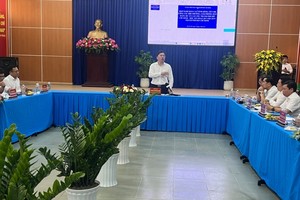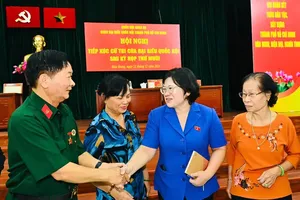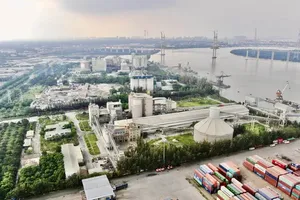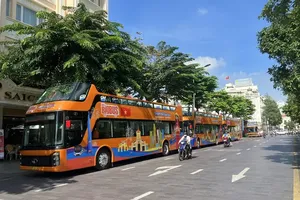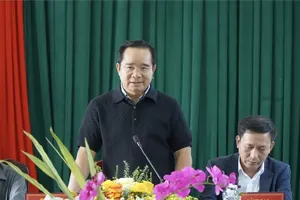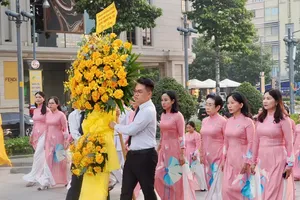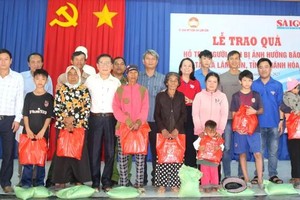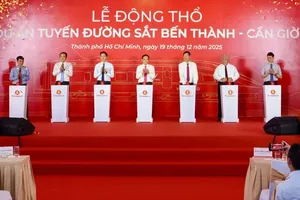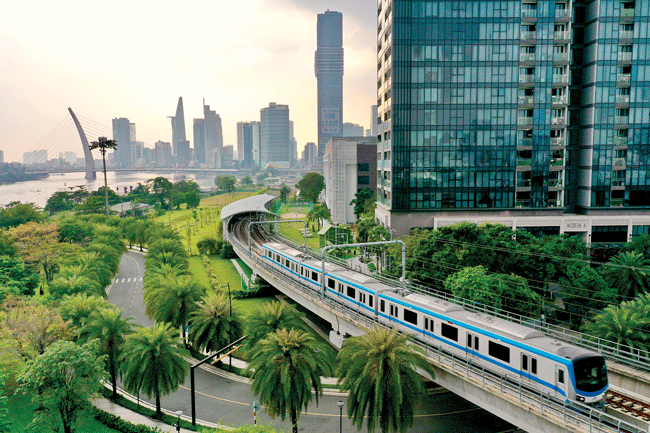
Attendees included Deputy Prime Minister Tran Hong Ha; Minister of Planning and Investment Nguyen Chi Dung; Minister and Head of the Government Office Tran Van Son; Minister of Science and Technology Huynh Thanh Dat; Minister of Education and Training Nguyen Kim Son; Minister of Transport Nguyen Van Thang; Minister of Construction Nguyen Thanh Nghi; Chairman of the HCMC People's Committee Phan Van Mai; and leaders from central ministries, agencies, and localities in the Southeast region.
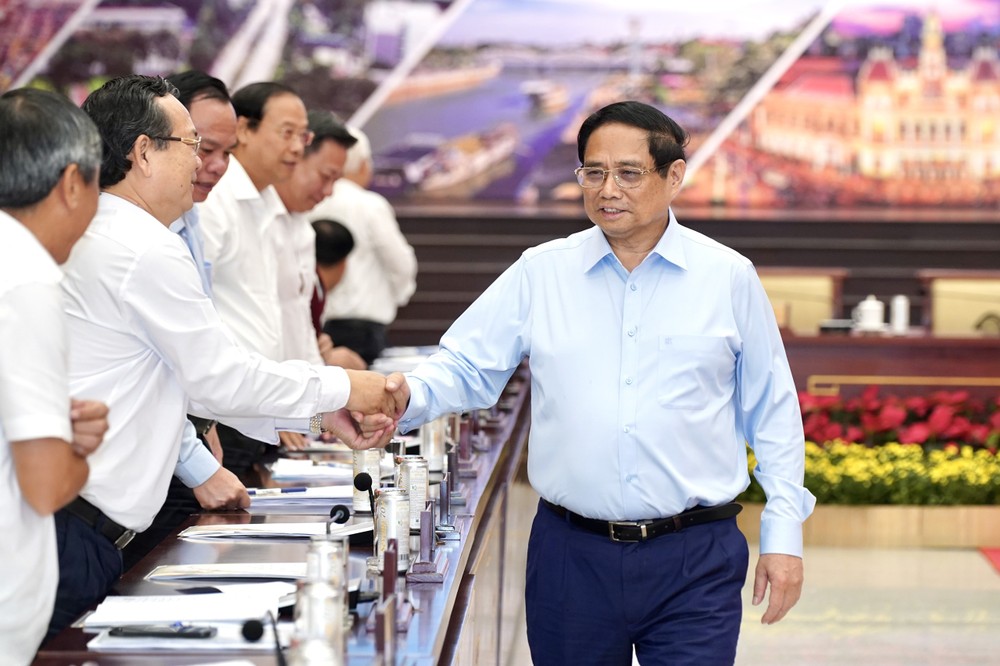
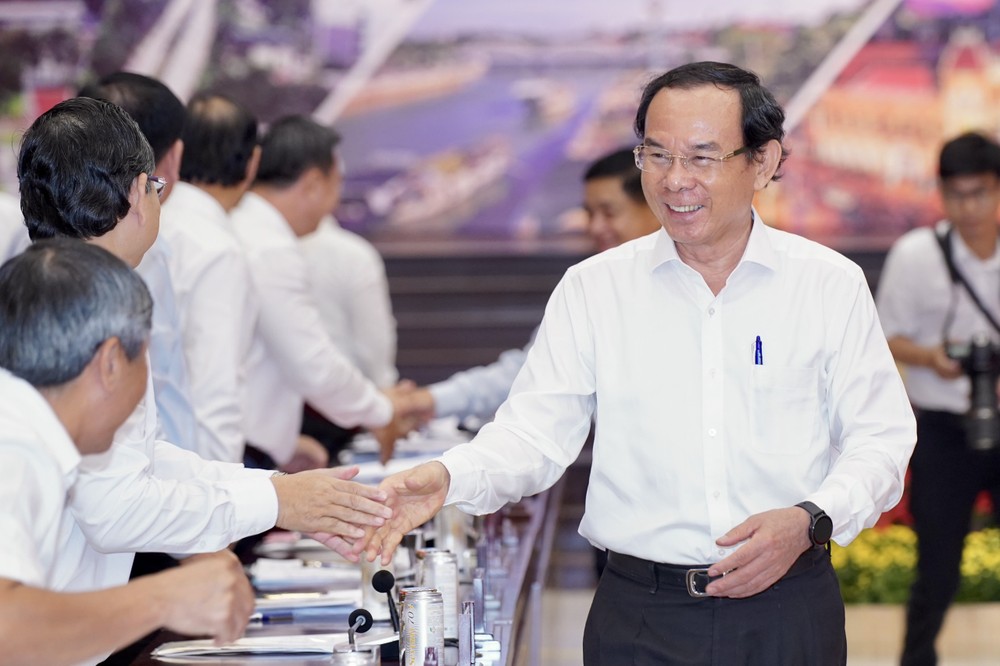
Economic growth surpasses only the Central Highlands
At the conference, Minister of Planning and Investment Nguyen Chi Dung highlighted that while the Southeast region recorded a notable economic growth rate of 5.58 percent in the first seven months of 2024, it fell short of expectations for a leading economic powerhouse.

Specifically, the region's growth rate is lower than the national average and only exceeds that of the Central Highlands (3.86 percent). The Southeast region's total state budget revenue reached over VND391 trillion, accounting for 38.1 percent of the national total, placing it second only to the Red River Delta (nearly 43 percent).
Additionally, the region's export value stood at US$59.2 billion, making up 31 percent of the country's total exports, ranking second after the Red River Delta (almost 35 percent). Notably, the Southeast region saw the highest number of new and returning businesses among the six economic regions, with 58,246 enterprises registered, up 9.8 percent.
The Minister of Planning and Investment reported that the Southeast Region Master Plan for 2021-2030, with a vision to 2050, was approved by the Prime Minister on May 4, 2024. The Ministry of Planning and Investment (MPI) has drafted an implementation plan for this master plan and has sought feedback from various ministries, sectors, and localities within the region.
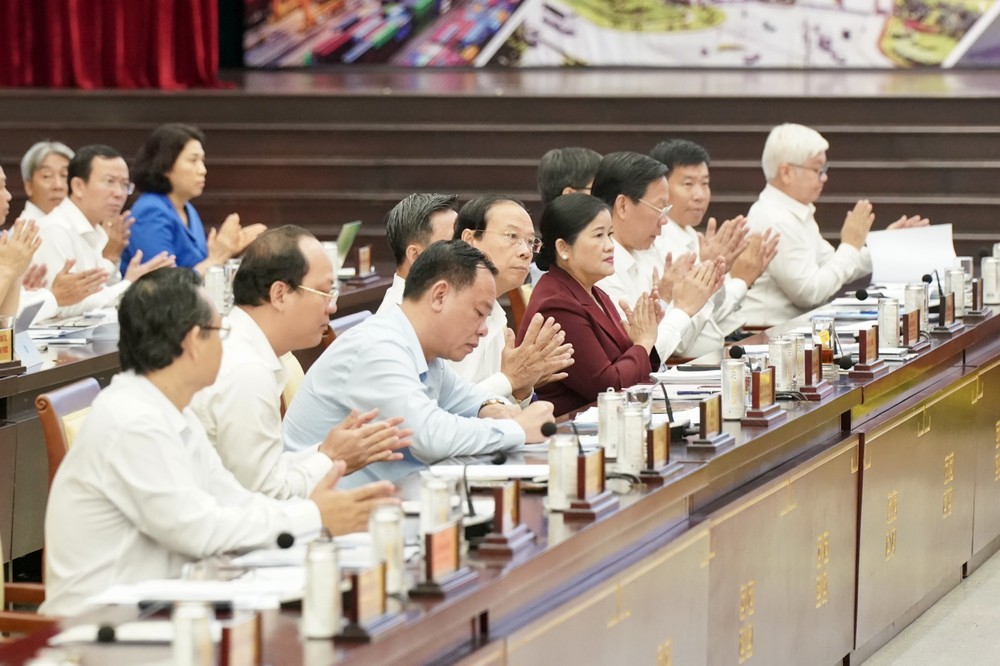
To date, 17 out of 18 ministries and five out of six localities in the Southeast region have provided their input. Once all feedback is received, MPI will compile, review, revise, and finalize the plan before presenting it to the Prime Minister for approval.
MPI has also prepared a draft report proposing specific mechanisms and policies for the Southeast region, which is currently open for review and comments from ministries, agencies, and localities. In addition to general policies applicable nationwide, the Southeast region will have tailored policy proposals to address its unique needs.
These include policies on increasing the local government debt ceiling for Southeast region provinces, developing industrial zones, expanding industrial zone land allocations, and prioritizing strategic investment sectors. Minister Nguyen Chi Dung urged ministries, sectors, and localities to provide prompt feedback so that it can be compiled and reported to the Prime Minister for review and decision.
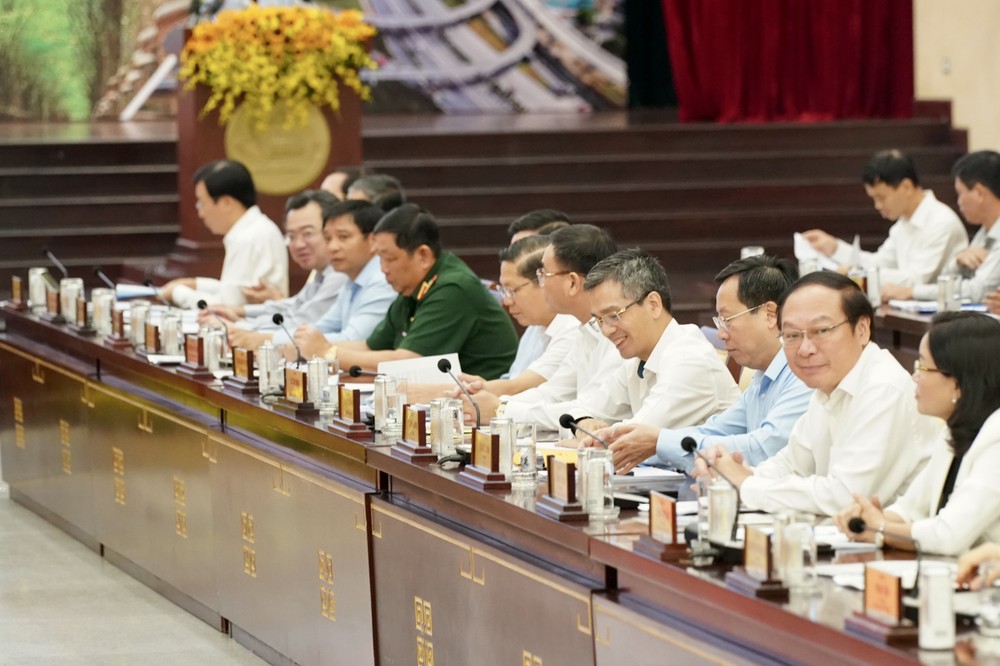
The Minister also noted that many tasks are not completed on schedule, with no reasons provided or requests for deadline extensions. Additionally, newly approved projects and tasks are often complex and require more time for research. Key regional integration issues, such as infrastructure connectivity and investment development, have not yet met the necessary standards.
The Minister of Planning and Investment suggested that the Prime Minister issue a directive on regional development to expedite the review, implementation, and completion of assigned tasks by ministries, sectors, and localities, ensuring they meet quality standards and deadlines.
He also urged relevant ministries, sectors, and localities to swiftly finalize research on key regional and inter-regional projects, including the Free Trade Center in Ba Ria-Vung Tau, the North-South high-speed railway through the Southeast region, the urban railway in HCMC, and Bien Hoa-Vung Tau railway.
He also recommended that HCMC urgently take the lead in presenting advanced policy mechanisms for the Ring Road No.4 project at the National Assembly session in November 2024.
Mobilizing resources for metro expansion
During the conference, Chairman Phan Van Mai reported on the implementation of HCMC’s urban railway development plan, which aligns with Conclusion No.49 of the Politburo on the direction for developing Vietnam's railway transport through 2030, with a vision to 2045. HCMC is currently collaborating with Hanoi and the Ministry of Transport to finalize the proposal, which is expected to be submitted to the National Assembly later this year.
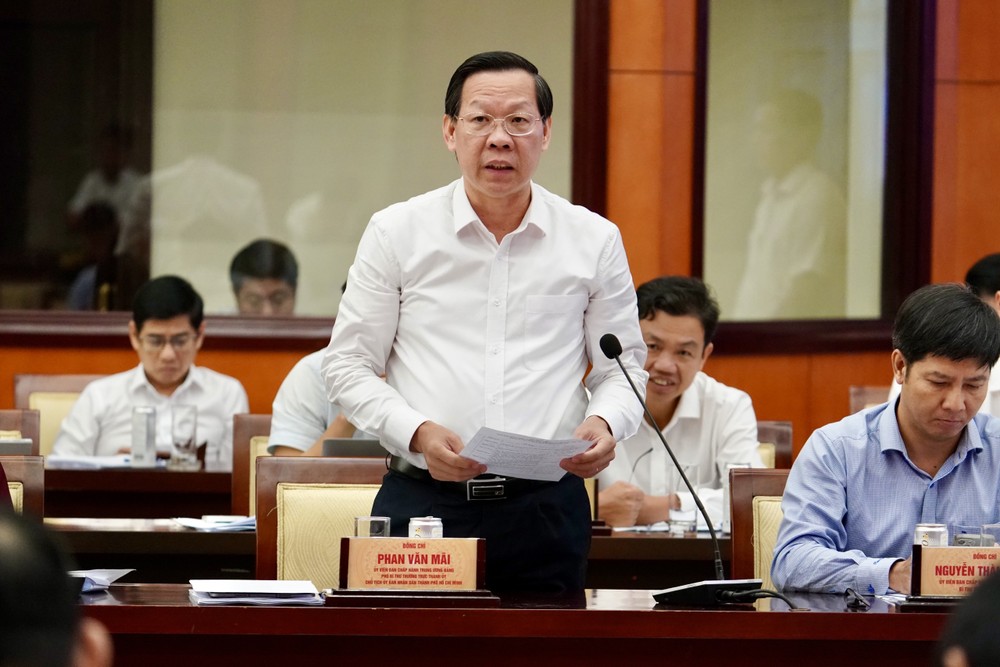
The plan aims to add 183 km of urban rail (metro) by 2035, increasing the public transport share of urban rail to 15-20 percent. By 2045, the city plans to extend this network by an additional 168 km, bringing the total to 352 km and raising the public transport share to 40-50 percent. By 2060, the complete urban rail network will cover 510 km, with public transport capacity reaching 50-60 percent.
To implement the plan, HCMC has identified that domestic and public investment will be the primary funding sources. By 2035, the city will need approximately $36 billion; by 2045, $33 billion; and by 2060, $48 billion.
This amount will be mobilized from the city's public investment sources through annual allocations, increased revenue, and cost savings; from land development; from central government support for key projects; and from issuing local government bonds, with repayment sourced from the city budget's revenues.
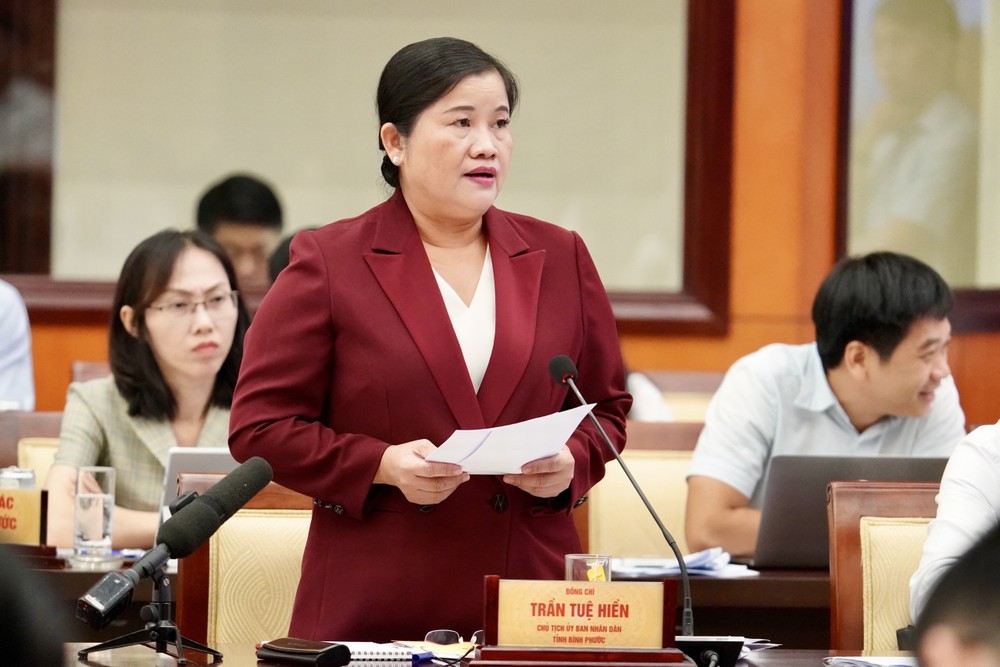
The Chairman of the HCMC People's Committee has proposed establishing exceptional mechanisms for project development, land clearance, capital mobilization, and management. The city plans to present a resolution to the National Assembly, outlining mechanisms and policies for planning, land acquisition, compensation, capital mobilization, and project procedures.
Regarding the HCMC Ring Road No.3 project, the Chairman of the HCMC People's Committee identified three key issues: the supply of construction sand, land clearance in four localities, and delays in certain project components. Local authorities in the project area have agreed to work together to address these issues and aim to complete technical inspections by January 2026, with the entire project scheduled for completion in the second quarter of 2026.
